Original author: Miles Deutscher, Crypto KOL
Original translation: Yuliya, PANews
As RWA tokenization and institutional adoption become the core narrative of this bull market, Chainlink, as the key infrastructure connecting traditional finance and the digital world, is poised to become the biggest winner. Miles Deutscher points out that Chainlink is not just a project; its value capture mechanism creates a powerful "flywheel effect"—the growth in network usage will directly translate into sustained buying pressure and value accumulation for the $LINK token.
Notably, Chainlink's recently launched "$LINK Reserve" mechanism has allowed the market to witness the true driving force behind the "flywheel effect." This mechanism automatically converts and accumulates revenue from enterprise collaborations and on-chain services into $LINK tokens, directly linking the fundamental growth of the network to the token's value. Since the announcement, the price of the $LINK token has risen nearly 50%. Below is the original article, which has been translated by PANews.
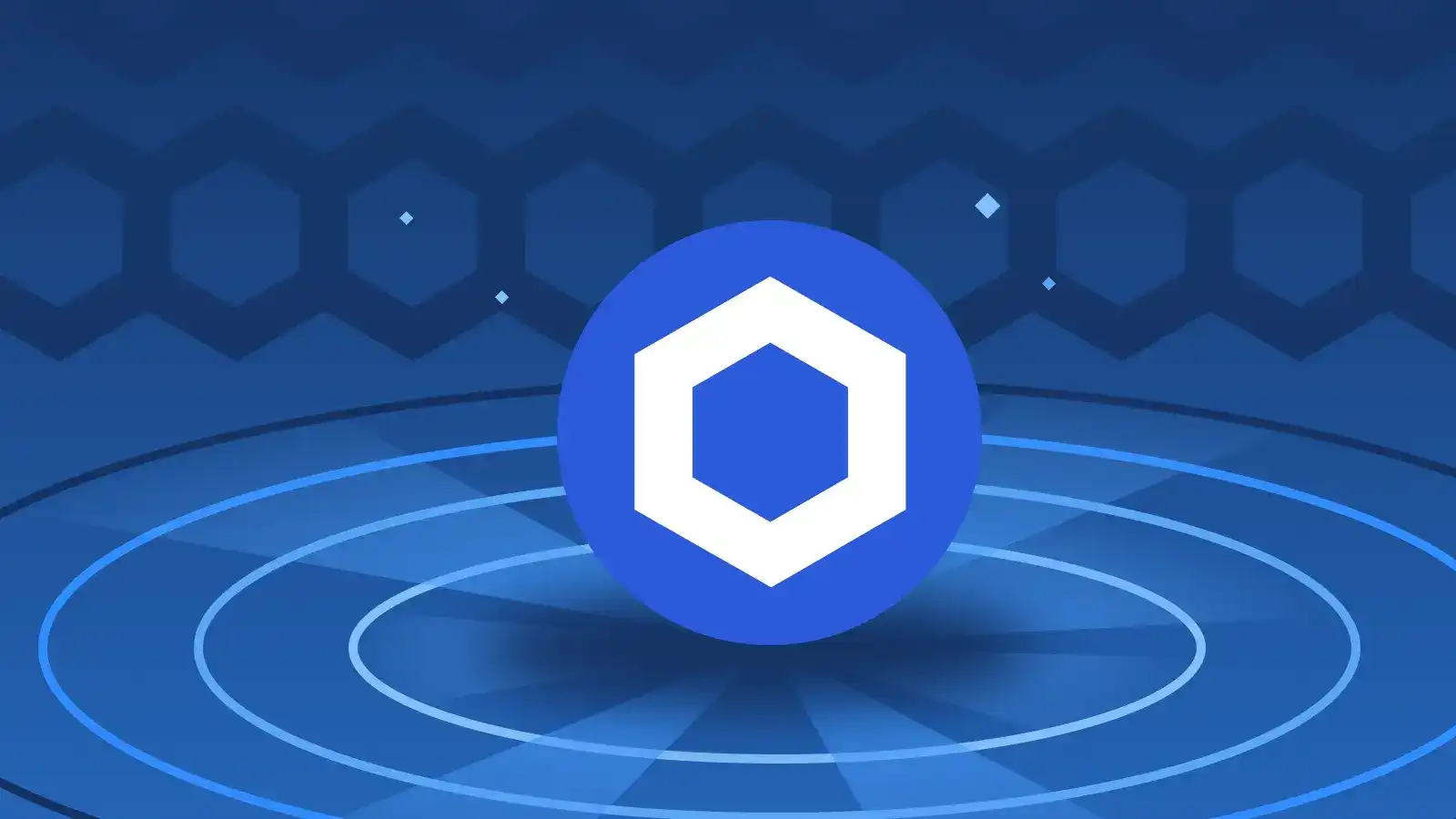
$LINK may be one of the most obvious large-cap investment opportunities in this cycle, but most people may miss it. It is the biggest winner benefiting from the institutionalization of cryptocurrency and the explosive growth of stablecoins, tokenization, and RWA (real-world assets).
The narrative of this bull market aligns closely with Chainlink, primarily due to the following reasons:
Alignment with Macro Trends
The total locked value of RWA has surged 13 times over the past two years, growing from about $1 billion to over $13 billion, making it one of the strongest growth sectors in the crypto space.

Institutions have recognized the slow and inefficient nature of the traditional SWIFT system and are unwilling to face the pain points of fragmented compliance; instead, they seek to use a complete end-to-end platform. This is why Wall Street giants like BlackRock are actively promoting asset tokenization, and why companies like Stripe (which launched the Tempo chain) and Circle (which launched the ARC chain) are building their own blockchains.
In a fragmented, multi-chain landscape, a "universal translator" is needed for interoperability, and Chainlink is providing this solution. Any tokenized stocks, bonds, or real estate require oracles to bring their value on-chain, and $LINK is the market leader, holding an 84% market share in the Oracle market on Ethereum, making it the core infrastructure of this multi-trillion-dollar transformation.
It is currently difficult to predict which L1 public chain will prevail, especially with many enterprise chains entering the market, nor can it be determined which RWA application will stand out. However, it can be confirmed that Chainlink is powering all of this, becoming the most typical "gold rush shovel" investment target.
For a long time, the market has generally believed that XRP would become the representative of institutional adoption, but in many ways, LINK's level of implementation in this field is even higher than that of XRP, and considering valuation, its upside potential is more attractive.
Data Comparison
· XRPL DeFi TVL is approximately $85 million
· Chainlink's Total Value Secured is approximately $84.65 billion

Chainlink has over 1,000 times more capital locked on-chain than XRPL, and its market share in the entire DeFi sector continues to grow, currently reaching 68%. Despite this, XRP's market capitalization is still about 12.1 times that of LINK, making LINK's value in the current price range appear more attractive.

Notably, aside from Bitcoin and Ethereum, Chainlink is also far ahead of any other protocol in terms of adoption in the traditional finance (TradFi) sector and has been integrated by several TradFi giants, including:
· SWIFT
· DTCC (Depository Trust & Clearing Corporation)
· Euroclear (European Clearing Bank)
· JPMorgan
· Mastercard
Token Economics: Building the Value Flywheel
The value flow of the Chainlink network is primarily achieved through the following means, with two sources of income:
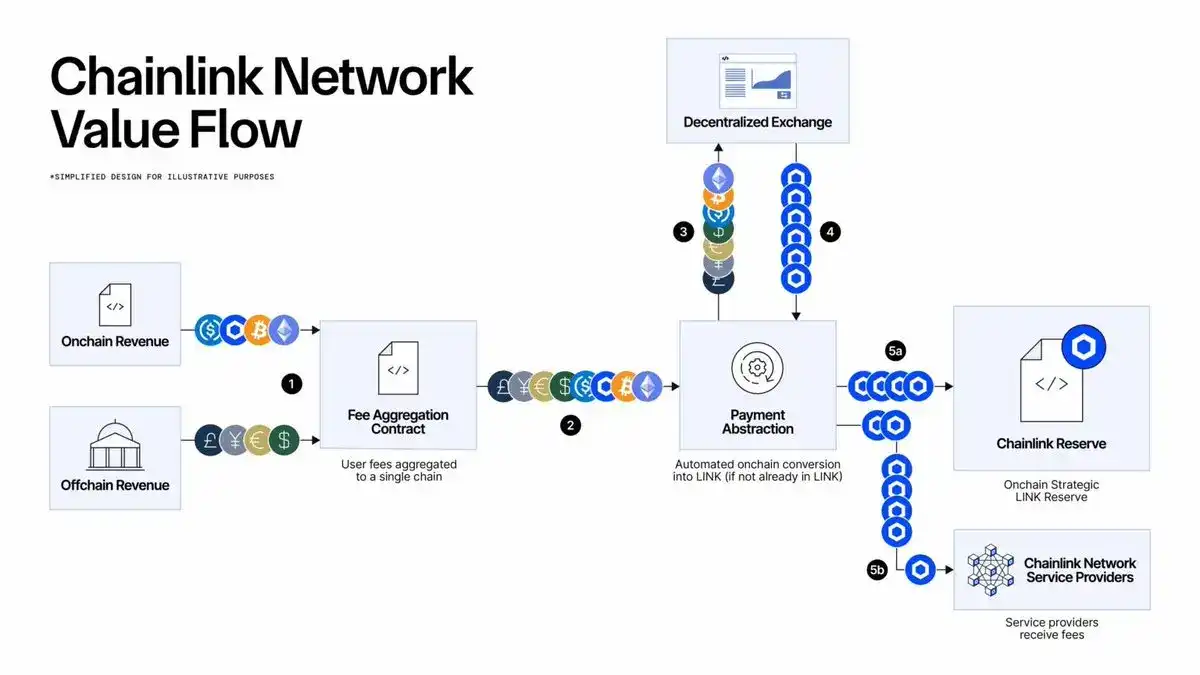
1. On-chain fees: When its services are used across different blockchain networks, on-chain fees are generated. These fees are used to fund network operations and repurchase $LINK tokens.
2. Enterprise collaborations: Agreements with large companies and institutions such as SWIFT or JPMorgan, which pay to integrate Chainlink's solutions. A portion of the funds goes into the Chainlink reserve to support its long-term development.
Currently, the protocol automatically converts all income (including fees from private chains in $ETH or $USDC) into $LINK and deposits it into a strategic treasury.
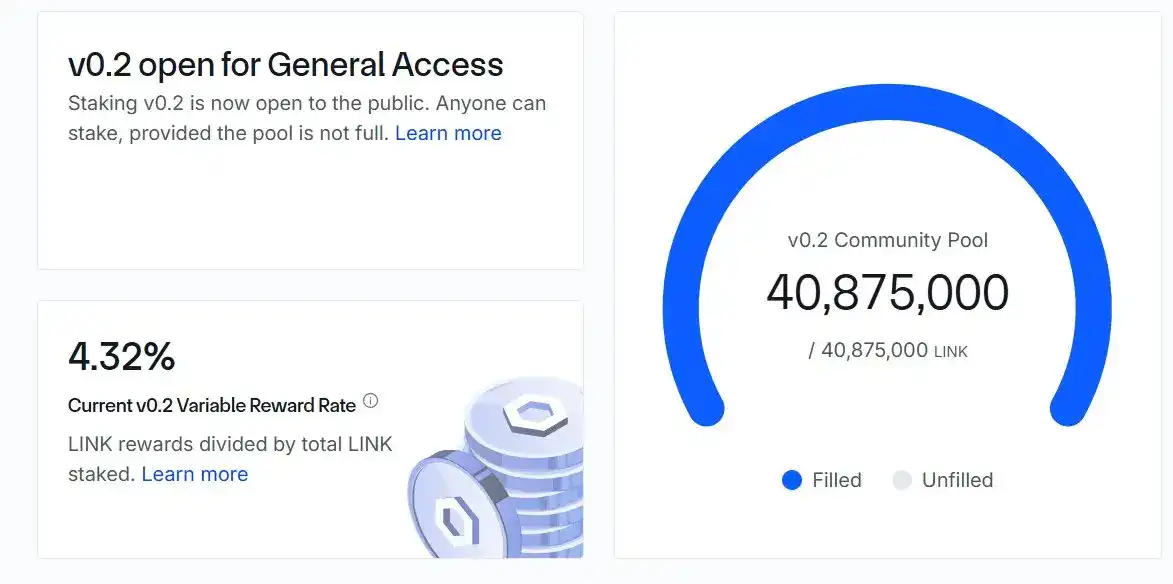
Additionally, the staking mechanism is crucial. Users lock $LINK to secure the network and earn approximately 4.32% sustainable annual returns. This creates a continuous supply contraction mechanism, removing tokens from the public market.
This creates a permanent, automated buyback mechanism that directly translates the network's adoption rate into buying pressure, forming a powerful value flywheel:
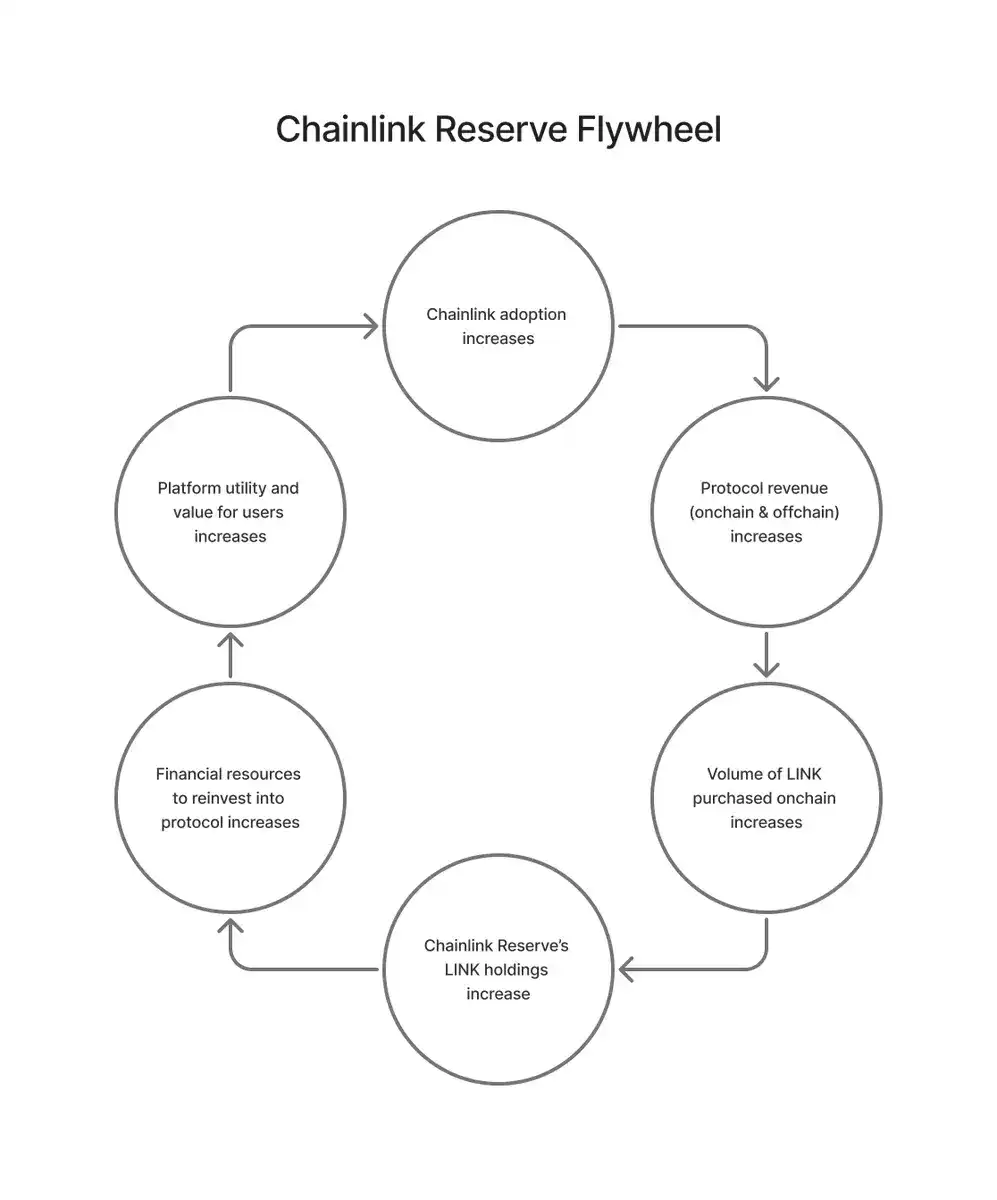
Increased adoption → Higher revenue → More $LINK purchased and locked → Enhanced network security and resources → Increased utility
Technical Analysis and Summary
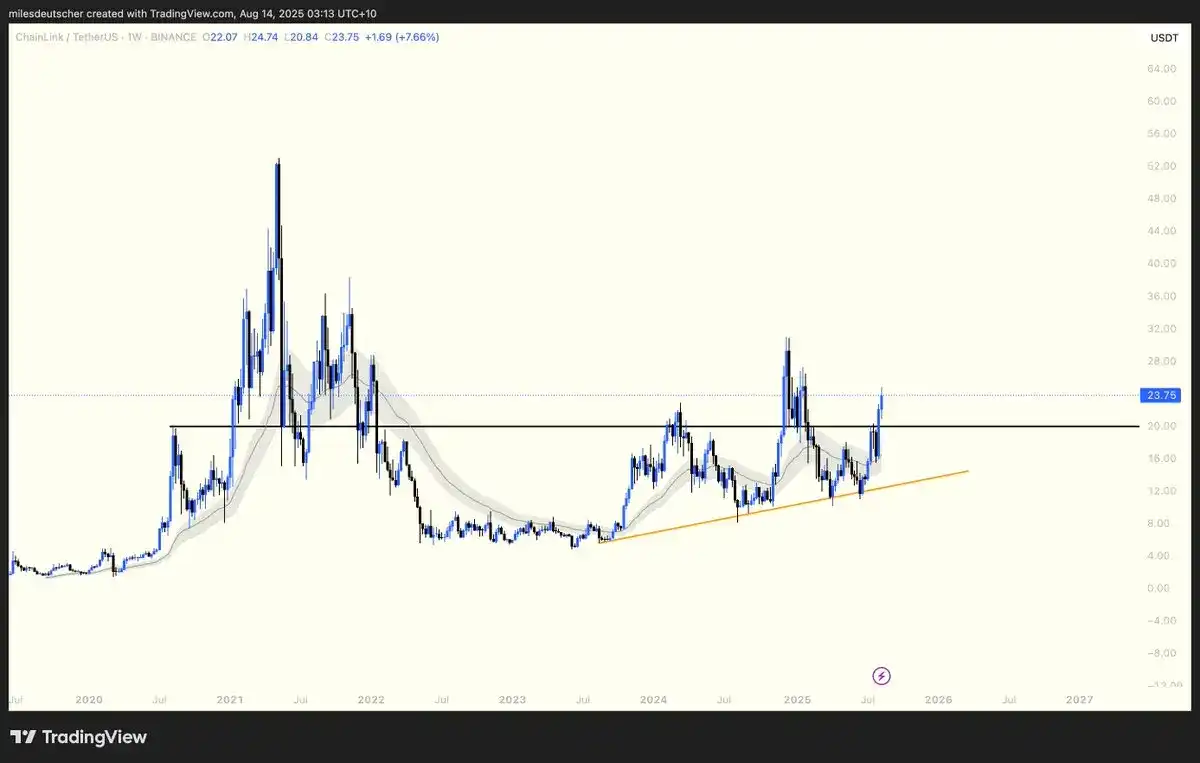
From a technical chart perspective, $LINK has broken through the $20 weekly resistance zone. This price level has been a significant bull-bear pivot point for years, its importance roughly equivalent to ETH's $4,000 level.
In summary, Chainlink's value can be understood this way: if AWS, Azure, and GCP (the three major cloud service providers) were spun off from their parent companies, their value would reach trillions of dollars. Chainlink is the foundational B2B infrastructure of the entire on-chain economy.
免责声明:本文章仅代表作者个人观点,不代表本平台的立场和观点。本文章仅供信息分享,不构成对任何人的任何投资建议。用户与作者之间的任何争议,与本平台无关。如网页中刊载的文章或图片涉及侵权,请提供相关的权利证明和身份证明发送邮件到support@aicoin.com,本平台相关工作人员将会进行核查。




